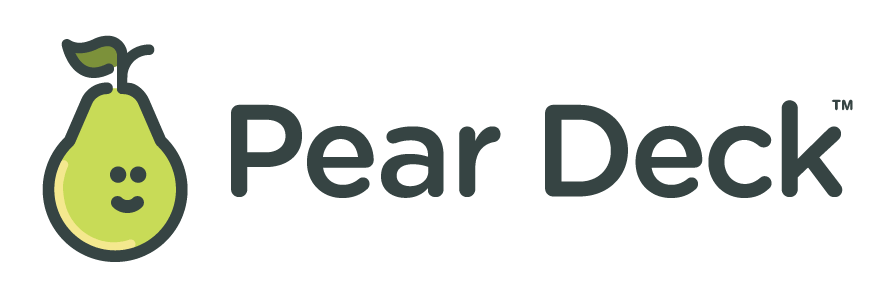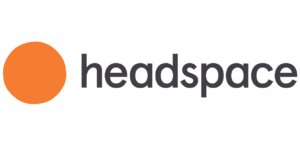EdTech Tools That Should Stick Around
Christophe Spy/ August 20, 2021/ 21-22 SY, Back to School, ELA/ 0 comments
More than ever before, teachers are discovering the power of education technology as essential to their success as educators. Teachers have long used EdTech, the combination of the words ‘education’ and ‘technology,’ to bring high-impact learning to students in a variety of ways. Whether it was interactive whiteboards that animated learning concepts or in-class, in-the-moment survey tools that amplified student engagement, the shift towards EdTech has been a long-time coming.
This shift accelerated greatly over the past 18 months as teachers adapted instructional methods by using technology to bring students the same kind of learning they were used to in the classroom right into their homes. With that said, even as schools aim for a return to in-person, those EdTech tools are here to stay.
Many of these tools combine features that teachers, students, and families have grown to appreciate because of their ability to make education more relevant and accessible. From cutting down on teacher workload to making learning more engaging for students, EdTech has become a reliable pillar for both in-person and virtual classrooms.
As a teacher and now an instructional coach, I’ve seen first-hand how innovative use of EdTech in the classroom is impacting teaching and learning, so I’m happy to share some of the tools that I think are worth a look at and are worth sticking with for the long term.
EdTech in the ELA Classroom
In the EdTech industry, a vast array of platforms curated around the needs of English Language Arts (ELA) curriculum now exists. Serving as specialized hardware and software to amplify learning in classrooms, “the goal of EdTech is to improve student outcomes, enhance individualized education, and reduce the teaching burden on instructors,” Investopedia explains. In addition, since this hardware and software are specifically created explicitly for the education sector, teachers can be confident that these platforms will boost student participation and engagement.
The pandemic provided space for teachers to learn about and try new EdTech tools. After spending a year-and-a-half supplementing instruction with these tools, teachers have a much better handle on what works best for their students, the classroom, and themselves. And while these tools were effective during virtual learning, they will have a more significant impact on student progress as teachers use them alongside their in-person instruction.
Check out the following EdTech tools that have made an impact on ELA classrooms around the nation and why they have a definite place in classrooms this year:
5 EdTech Tools that Should Stick Around
About Texting Story
Texting Story is a highly innovative yet easy-to-use app designed by Yvz Digital Lab. Texting Story was built around the premise of a texting conversation between two people. After creating chats, which look just like a texting screen in real-time, students can review and share a recording of their text story with others. Avatars, names, and themes of the stories can be changed to match their intended topic and audience. With a reported 5,000,000 users, this is a definite teacher favorite!
Benefits for the Classroom
Texting Story directly appeals to something students are very familiar with: texting as a way of communication. This makes it easy for students to understand the overall purpose of the app, cutting down the time teachers have to spend showing students how to use it. In addition, students can build up their creative thinking skills by thinking through their intended conversation and have fun by expressing themselves. Also, reluctant learners can be encouraged to participate as this format can be done entirely online.
Ways to Supplement Instruction
- Students can recreate conversations around a fundamental part of their reading.
- Collaborate with peers by sharing their Texting Story and discuss what criteria they used during creation.
- Teachers can use Texting Story as a model to break down complex concepts or ideas for students, making learning relatable.
About Book Creator
Book Creator is just as the name suggests—a program that allows users to author ebooks that can be downloaded across the world. In Book Creator, users can put any idea into an interactive book spanning every genre. Authors from every grade level, content area, or topic of interest can use multimedia features to enhance their books: text, images, audio, and even video! With over 100 million ebooks already published, Book Creator inspires students to be authors, spreading their voice.
Benefits for the Classroom
Students take topics of interest and make articles, journals, reports, and even comics. With so many options to choose from, students of all learning styles will find the activities fun as they build a lasting resource. The portfolio feature provides a space for students to keep materials throughout the year, making it easier and more sanitary to house notes and past assignments. Teachers can even share the ebooks with future classrooms as models of exemplar work samples.
Ways to supplement instruction-
- Turn current learning into a book, manual, pamphlet, or article as a classroom assignment or even for extra credit
- Assess student learning when they publish a resource as a culminating unit or semester assessment
- Teachers can construct a collection of materials from the curriculum that students can reference throughout the year.
About Pear Deck
Pear Deck is an e-learning platform designed to meet the shift to 1:1 classrooms. It uses multiple ways to teach and learn content by soliciting improvements and new ideas from its extensive teacher community. In addition, Pear Deck is an interactive presentation tool used to actively engage students in individual and social learning. Teachers can embed interactive questions into the slides-based lessons that students use to follow along during instruction or on their own during independent learning.
Benefits for the Classroom
Pear Deck has a dashboard feature that gives real-time insights into student understanding and progress through lessons, making this an ideal tool for teachers to use to identify any learning gaps, misconceptions, or areas for extension. With gamification features, students find the interactive features of Pear Deck interesting and enjoyable to use. Teachers can choose between draggable questions, drawing, free response, and multiple choice questions to review student takeaways during the lesson.
Ways to supplement instruction-
- House all learning for the lesson in a Pear Deck
- Embed multiple check-for-understanding features throughout the lesson to identify where students may need help or extension
- Use the dashboard feature to make data-based small groups for any relooping needs
- Students can even create a Pear Deck of their own to show their learning on a topic or concept
What it is-
Mindfulness is the cornerstone of Headspace. With a library of over 500 meditations, headspace helps to relieve stress and tension, while improving focus and attention. While not specifically designed for the classroom per se, Headspace can improve student outcomes through taking moments of mindfulness within each day using a specifically curated list for kids. Launched in 2010, Headspace nurtures mind development at any phase in life and is an appropriate tool to support student social and emotional learning (SEL) within the classroom.
Benefits for the Classroom
Headspace can be a powerful SEL resource by teaching students how to regulate their emotions and feelings through meditation. Students learn the essentials of meditation and mindfulness through animations, articles, and videos centered around kid-friendly topics, such as learning to be calm, focused, and improving kindness during social interactions. Students and teachers benefit from Headspace as they learn to work together in-person, and use it to decompress after any stressful situations.
Ways to supplement instruction-
- Improve classroom mental health and happiness by using Headspace daily during morning meetings to focus students attention for the day
- Headspace’s guided meditation can help students to prepare for any high-stakes assignments or assessments
- Teachers can use Headspace to recenter students at the end of each learning day
- Students with extra needs can be given independent time to use Headspace as a form of restoration
What it is-
Glose for Education is a digital-reading platform built for classroom, library, or home use. Glose works with over 1,000 publishers, so any text from the curriculum can be found within their library. Teachers set up classrooms, assign books, and monitor student progress of individualized reading goals within a classroom feed. Glose also includes several personalization features and inclusive tools, from translation resources to specialized fonts for students with dyslexia, making reading more accessible for students at all reading levels.
Benefits for the Classroom
Glose turns reading into a social and fun learning experience, encouraging students to love to read through socialization about what they are reading. Customizable reading interfaces give students choice around how they read best. Teachers benefit from the extensive dashboard that tracks student reading data, from the amount of texts and pages read, to the amount of time spent reading. The highly interactive reading environment encourages even reluctant readers to engage with texts by fostering a valuable social network around reading.
Ways to supplement instruction-
- Use Glose’s extensive library to access every text within the curriculum
- Students can show their progress in classroom texts through highlighting, commenting, and even reacting with emoticons
- Teachers can use the feed to update daily reminders, assignments, and expectations
- Set daily reading goals for students and monitor for support using the all-inclusive teacher dashboard tool
With endless opportunities for creation, edtech provides many benefits for students and teachers alike. Teachers are natural-born innovators, ready to do whatever it takes to engage with their students. The advent of edtech began decades ago, but the last year has seen a rapid acceleration in how – and just how much – these tools are used.
The many aspects of edtech that appeal to teachers and students will continue to revamp what education looks like in the post-pandemic classroom, with edtech tools taking their well-deserved spot alongside every grade level, content area, and standardized curriculum.
References:
Frankenfield, J. December 4 2020. “edtech Definition and Uses” Investopedia https://www.investopedia.com/terms/e/edtech.asp
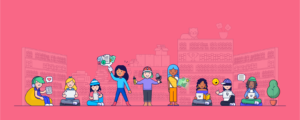
Integrating Learner Agency
Learner agency happens when students take active command of their learning through deliberate participation in their classroom communities.
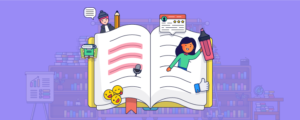
Meaningful Engagement With Texts Through Close Reading
Through close reading, written works are examined multiple times for deeper understanding as learners naturally progress into higher levels of knowledge and cognitive processing.
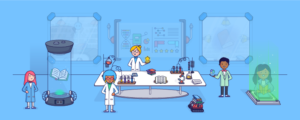
Building Literacy-Rich Environments
Literacy-rich environments focus on students being actively and meaningfully engaged in reading, writing, speaking, and listening with consideration of both digital and written formats.

Glose for Education Announces New Integration with Microsoft Teams
Glose for Education Announces New Integration with Microsoft Teams



